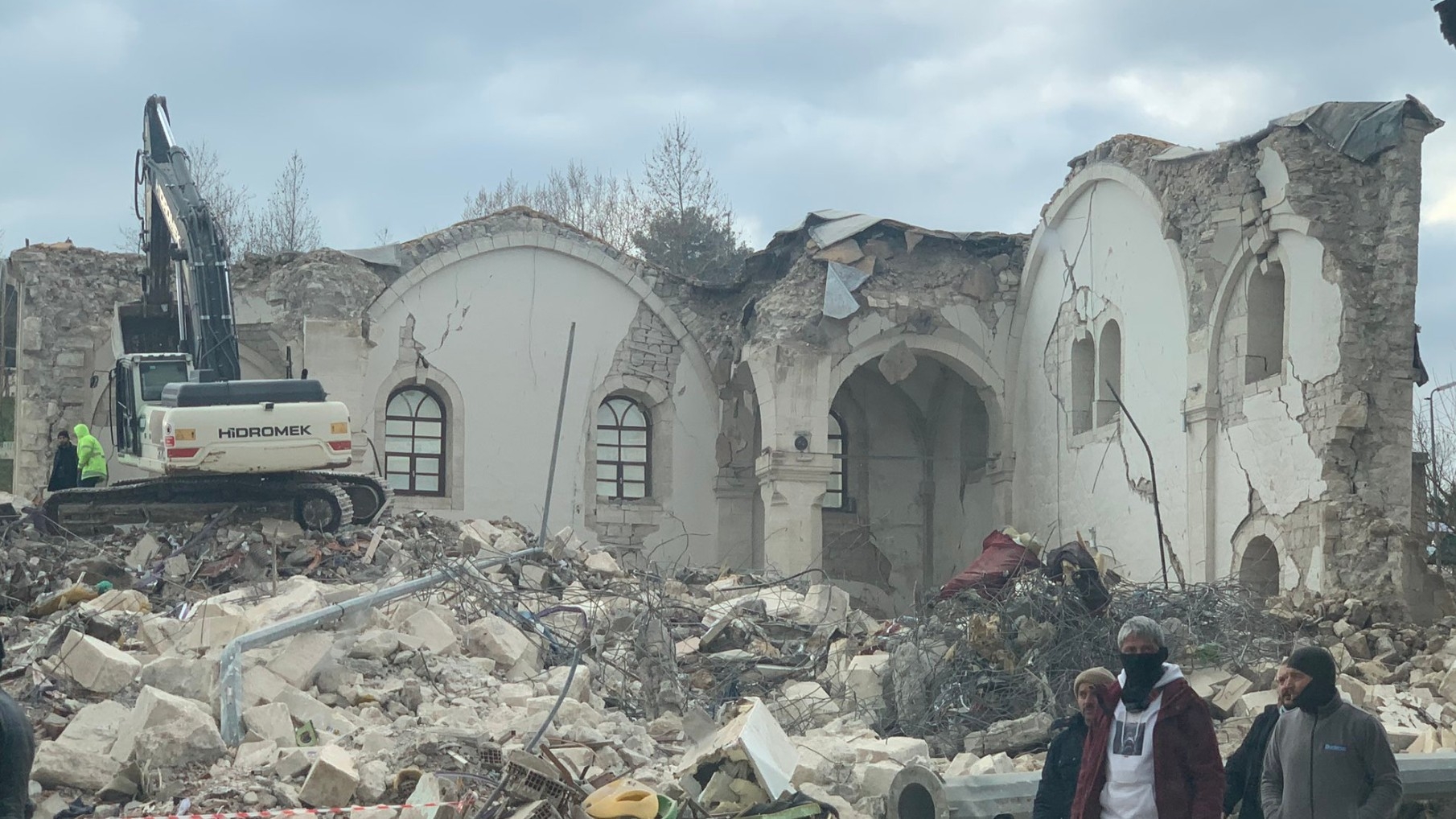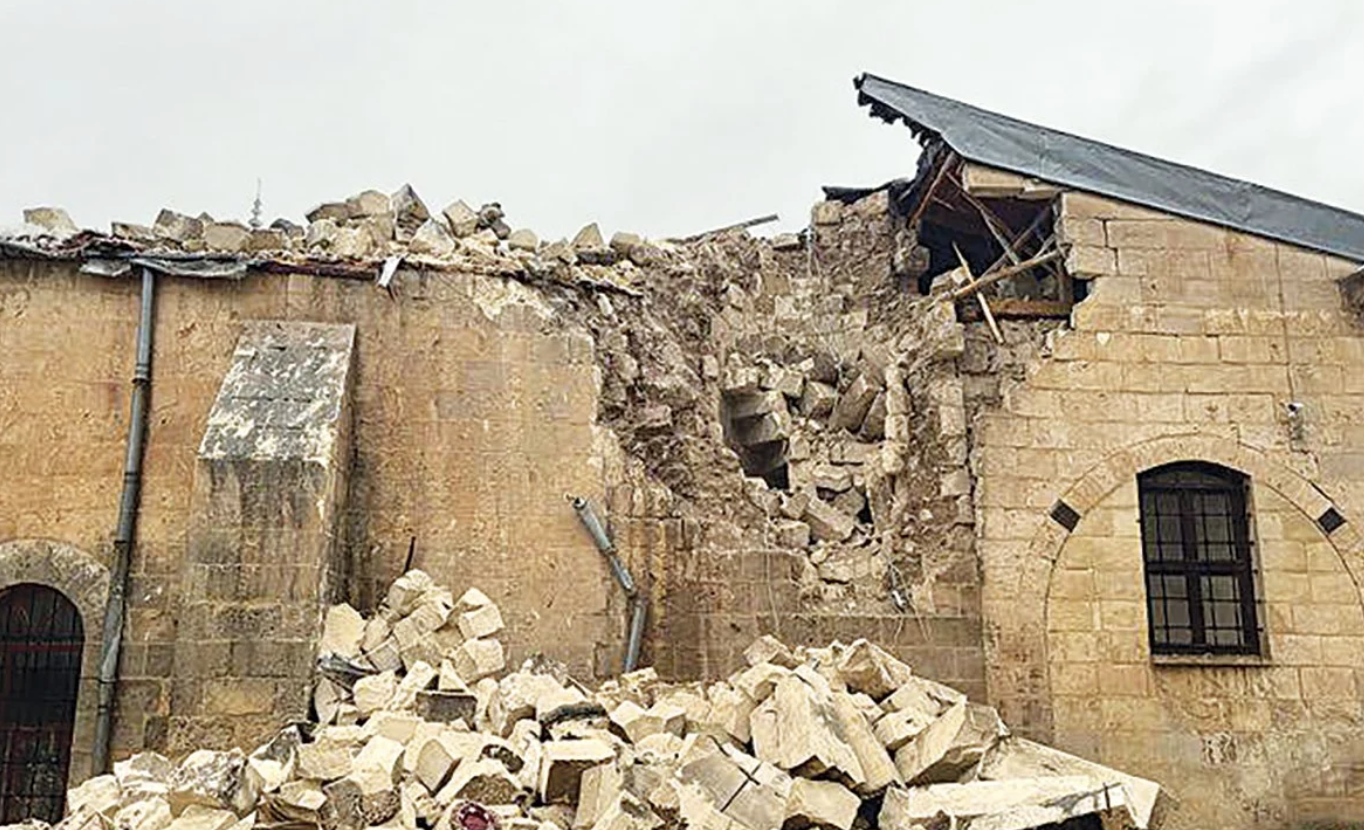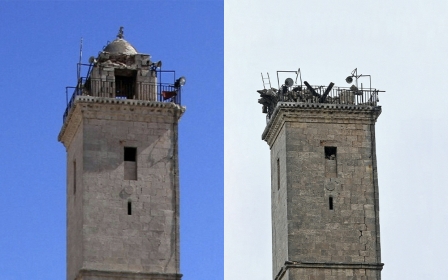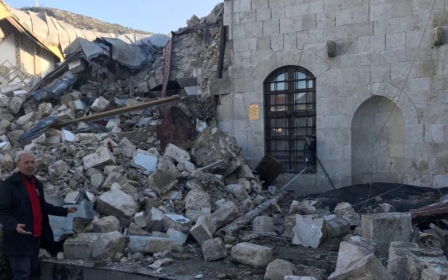Turkey: A closer look at the three ancient mosques destroyed by the earthquake

The devastating earthquakes that struck southern Turkey and northwestern Syria have damaged several centuries-old historic sites, including at least three iconic mosques that held significance for the region's large Muslim population.
Several historical sites that pepper the area are also confirmed to have been destroyed, including the famed Gaziantep Castle, the Diyarbakir Fortress and the Hevsel Gardens Cultural Landscape.
Luckily, others, such as the Gobekli Tepe structure, widely considered the world's oldest known place of worship, appear to have survived.
More than 21,000 people are confirmed to have died since Monday's devastating 7.8 magnitude quake, which was one of the strongest to hit Turkey and the region since 1999.
Here, we take a look at three iconic mosques known to have been destroyed.
1. Adiyaman Ulu Grand Mosque
Located in southeast Turkey, the Adiyaman area is known for its rich history. According to archaeological records, the area dates back to the Paleolithic Age.
The region has hosted a number of different civilisations, from the Hittites, Mittanis, Assiyrians, to the Persians and Alexander the Great.
The area is also home to ruins and antiquities from the Hellenistic, Roman and Byzantine eras.
The historic Adiyaman Ulu Camii, which is located in the city centre of the area was destroyed. Images and videos shared online showed the dome and walls of the mosque had totally collapsed.
According to local media, the mosque was built by Dulkadirli Bey Durak Bey, between 1506 and 1515.
The mosque has over the years been through many repairs and reconstructions, with one inscription saying it was rebuilt in 1863 and another saying it was restored in 1902.
The entrance to the mosque is made up of an arched doorway with stone columns.
2. Sirvani Grand Mosque
Located in Gaziantep, southwest of the renowned Gaziantep castle, which was also destroyed in the earthquake, was the Sirvani mosque. The mosque was one of the oldest in the city, and was built by Sirvani Mehmet Effendi.
Also known as the Iki Serefeli Camii, or the double balcony mosque, it was renowned for its unique feature of a minaret with two balconies.
Images shared online showed the dome and the eastern wall of the 17th century mosque had collapsed on Monday.
The mosque was also well known for the impressive decorations on its minaret.
The site became a tourist hotspot over the years, with many hotels in the surrounding areas.
3. Karagoz Grand Mosque
Found in one of the oldest parts of Gaziantep, the historic Karagoz mosque was built by Battal Aga, the grandfather of the renowned Turkish general, Nuri Mehmet Pasha.
The mosque was completed in 1758 and gets its name after a Turkmen tribe called ‘Karagozlu’, which lived between Syria’s Aleppo and Antep.
Social media users shared images of the mosque surrounded with rubble. While some of the walls of the mosque were intact, and the minaret was still standing, it appeared to be heavily damaged.
Middle East Eye propose une couverture et une analyse indépendantes et incomparables du Moyen-Orient, de l’Afrique du Nord et d’autres régions du monde. Pour en savoir plus sur la reprise de ce contenu et les frais qui s’appliquent, veuillez remplir ce formulaire [en anglais]. Pour en savoir plus sur MEE, cliquez ici [en anglais].






